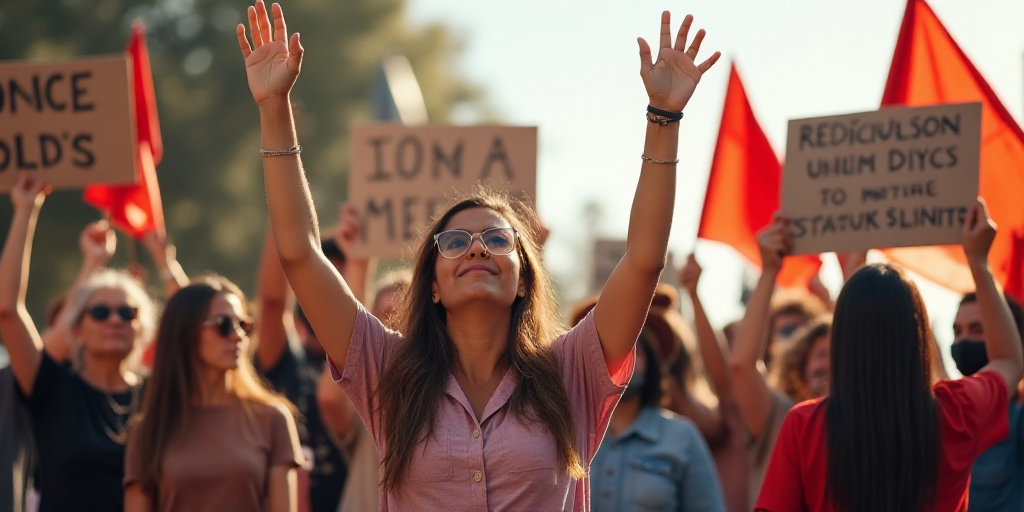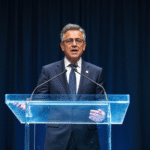Background on the Key Figures and Relevance
The national strike in Colombia, called by the labor central unions and syndicates to support government reforms and a proposed popular consultation, did not see large demonstrations or crowds. This strike, which lasted for two days, primarily focused on roadblocks affecting public transportation systems and mobility.
Key figures in this context include:
- María Fernanda Ortiz: General Manager of TransMilenio, responsible for Bogotá’s public transportation system.
- Nidia Hernández Jiménez: Executive President of Colfecar, representing the trucking and logistics sector.
- César Restrepo: Secretary of Security for Bogotá, who addressed potential threats to public transportation during the strike.
Day-by-Day Account of the Strike
Wednesday’s Developments
At 5:00 AM on May 28, protesters adhered to the government’s call and began blocking various points. In Bogotá, restrictions on citizen movement were already in place before 6:00 AM at the Las Américas portal.
Symbolic activities were conducted in Parque La Campiña, Suba, and protesters took to the streets to place banners. Intermittent blockades on the South Highway, near carrera 76, disrupted both car and bus traffic for over 10 minutes.
By 11:00 AM, approximately 850,000 TransMilenio users were affected. María Fernanda Ortiz reported that 15 stations on the Americas, AutoSur, Calle 10, and Eje Ambiental troncales were closed.
Around midday, protesters started arriving at Plaza de Bolívar, mostly from labor central unions. Despite some people giving speeches in the plaza, it did not reach the expected capacity as planned by the government.
Thursday’s Developments
At 5:00 AM on Thursday, some government supporters joined the strike for the second consecutive day. To prevent further damage to public roads, local authorities deployed security forces to maintain order and protect citizens.
César Restrepo, Bogotá’s Security Secretary, reported alerts about groups intending to set buses in the Mass Transit System on fire.
Impact and Losses
By around 4:00 PM on Thursday, TransMilenio’s general manager reported that 1.28 million public transportation users were affected, with nine TransMilenio stations closed and 195 TransMiZonal routes diverted. The affected areas were NQS, Americas, and Eje Ambiental.
Nidia Hernández Jiménez, Colfecar’s Executive President, estimated losses exceeding $23 billion for the trucking and logistics sector due to ceased profits. However, she noted that this figure does not account for multiple urban roadblocks affecting goods distribution within major Colombian cities.
Departments affected by the strike included Atlántico, Bolívar, Santander, Caldas, Cesar, and Meta. Further protests are expected to continue.
Key Questions and Answers
- What was the purpose of the national strike in Colombia? The strike supported government reforms and a proposed popular consultation.
- Who were the key figures involved in this situation? María Fernanda Ortiz (TransMilenio), Nidia Hernández Jiménez (Colfecar), and César Restrepo (Bogotá’s Security Secretary) played significant roles.
- How did the strike affect public transportation and mobility? The strike caused roadblocks that disrupted bus and car traffic, affecting approximately 1.28 million public transportation users.
- What were the estimated losses for the trucking and logistics sector? Colfecar’s Executive President, Nidia Hernández Jiménez, estimated losses exceeding $23 billion.
- Which departments were most affected by the strike? The departments affected included Atlántico, Bolívar, Santander, Caldas, Cesar, and Meta.






